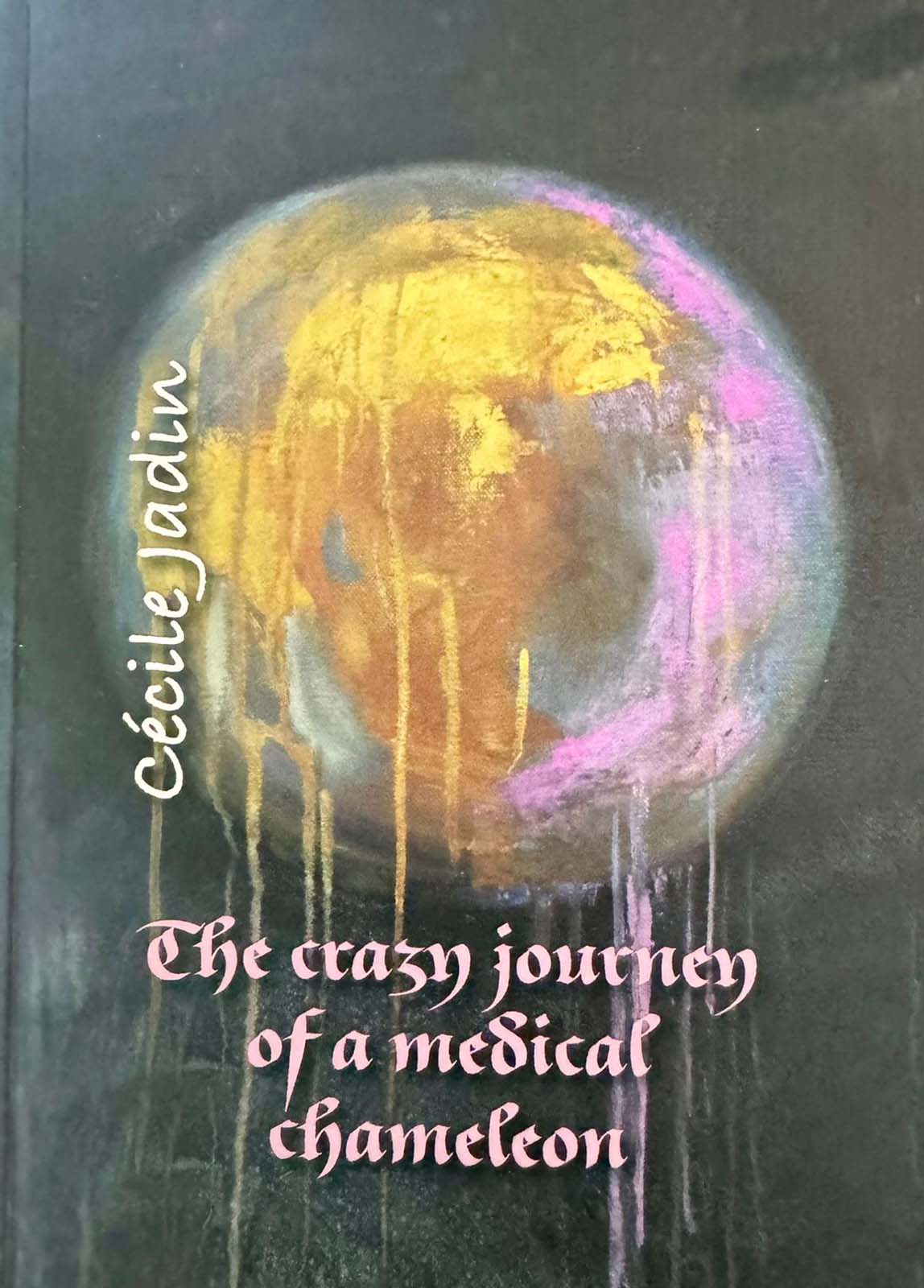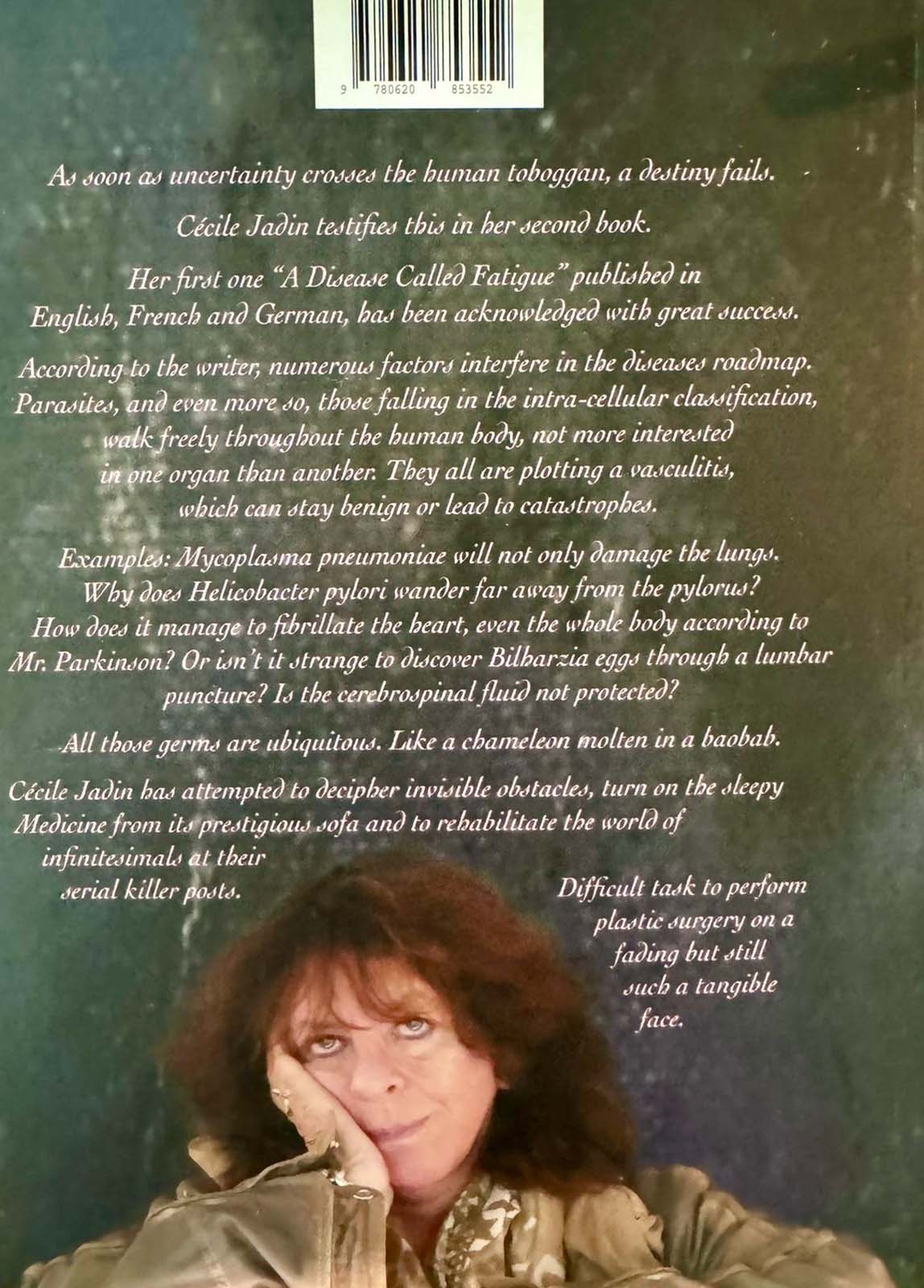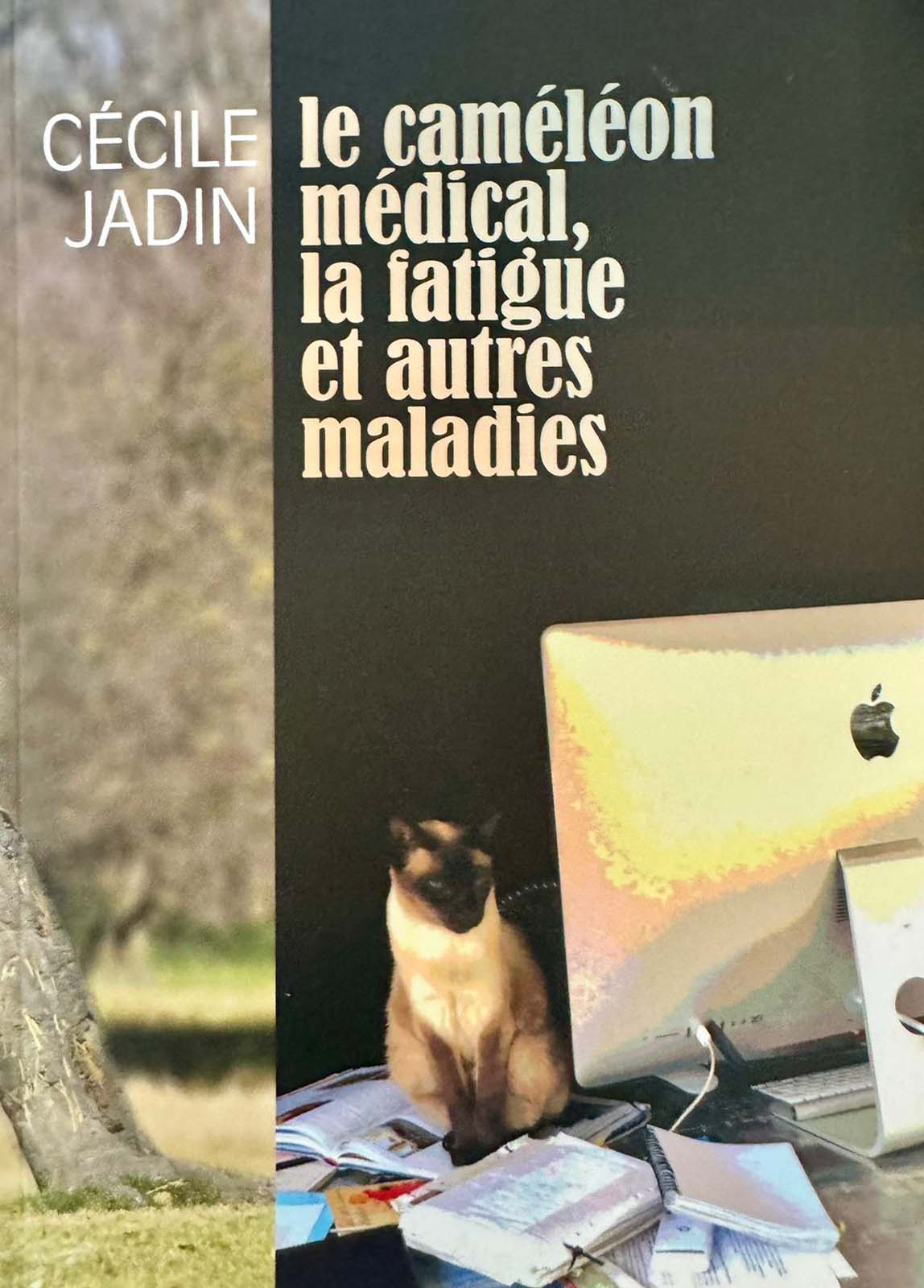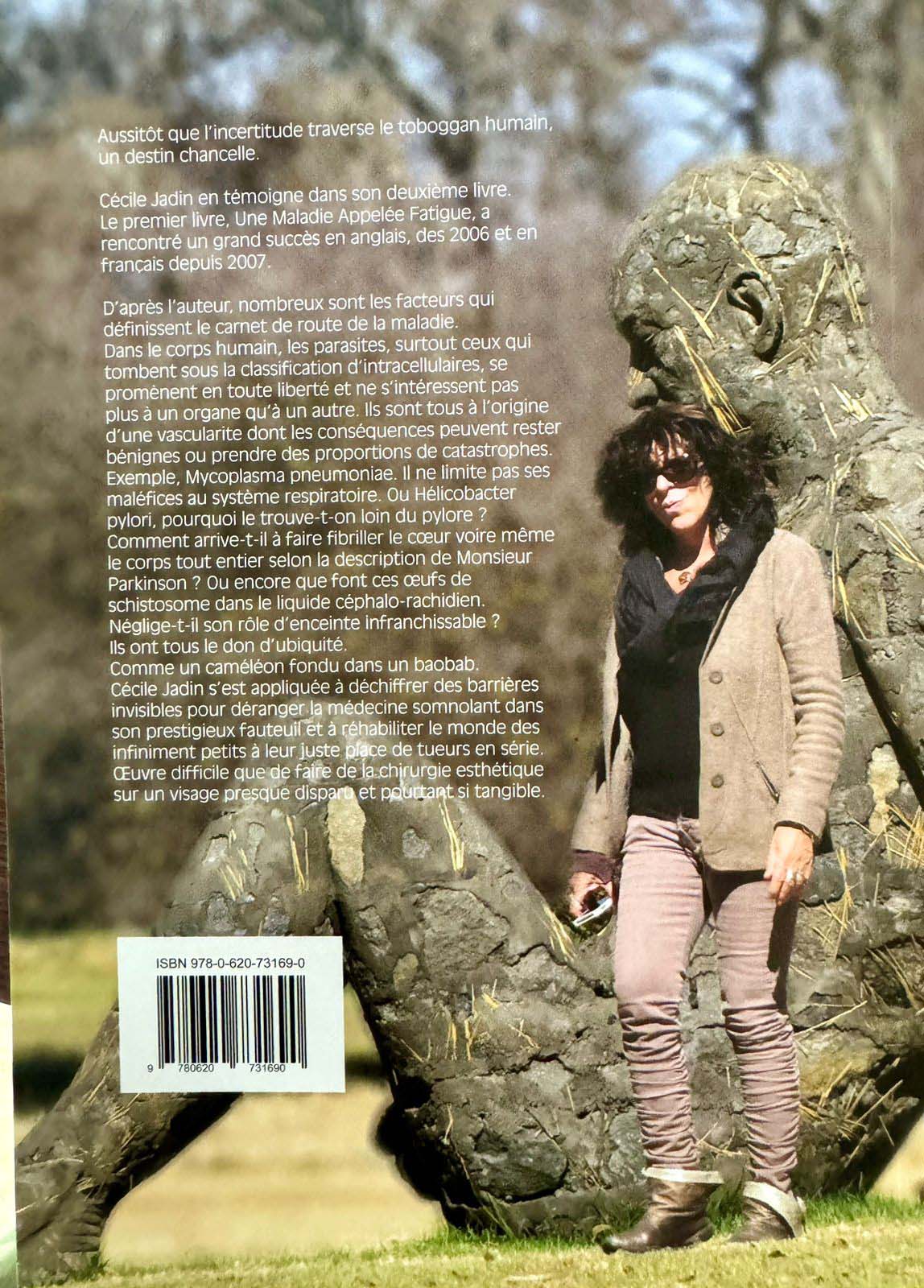A DISEASE CALLED FATIGUE
The Author:
Cécile Jadin was born in Burundi, which was then a colony of Belgium, in Africa. Her father, Jean-Baptiste Jadin, previously with the prestigious Pasteur Institute, was then a doctor in charge of a program of immunization, and was researching tropical diseases. She grew up in the African tropics with a background of medical research. This duality still characterises her; she maintains her interest in research, with a love of Africa. Political instability in the region, together with a position offered to her father as Professor at the Institute for Tropical Diseases, forced the family to move to Belgium. Life changed for Cécile. She did not enjoy the grey cold Northern Europe and its attitudes. Her mind was still lingering in Africa. When the time came to choose a profession, the tradition of three generations of service to medicine and her father’s colleagues showed her the way. She entered the Medical School and seven years later, decided to become a surgeon. This was for her a time of dedication and self-discipline. At the end of her training, she accepted a contract with a South African hospital. But events decided otherwise and her life did not follow the predicted path.
The Book:
The book “A Disease Called Fatigue” is about the link between:
- the old and the wild continent
- a Pasteurian school of microbiologists who made striking discoveries during the twentieth century and a new wave of scientists
- a procession of germs and waves of diseases evolving through geography and history
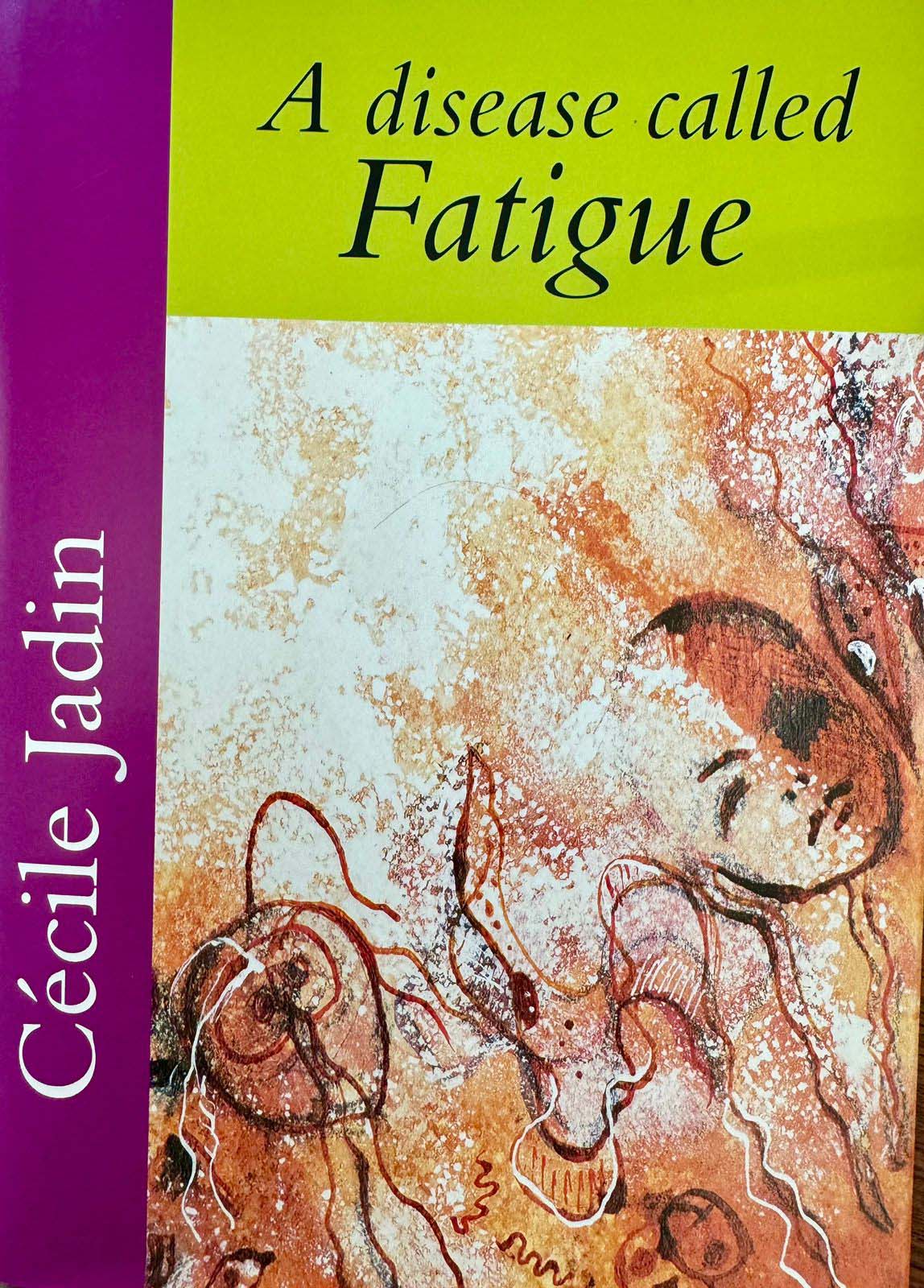
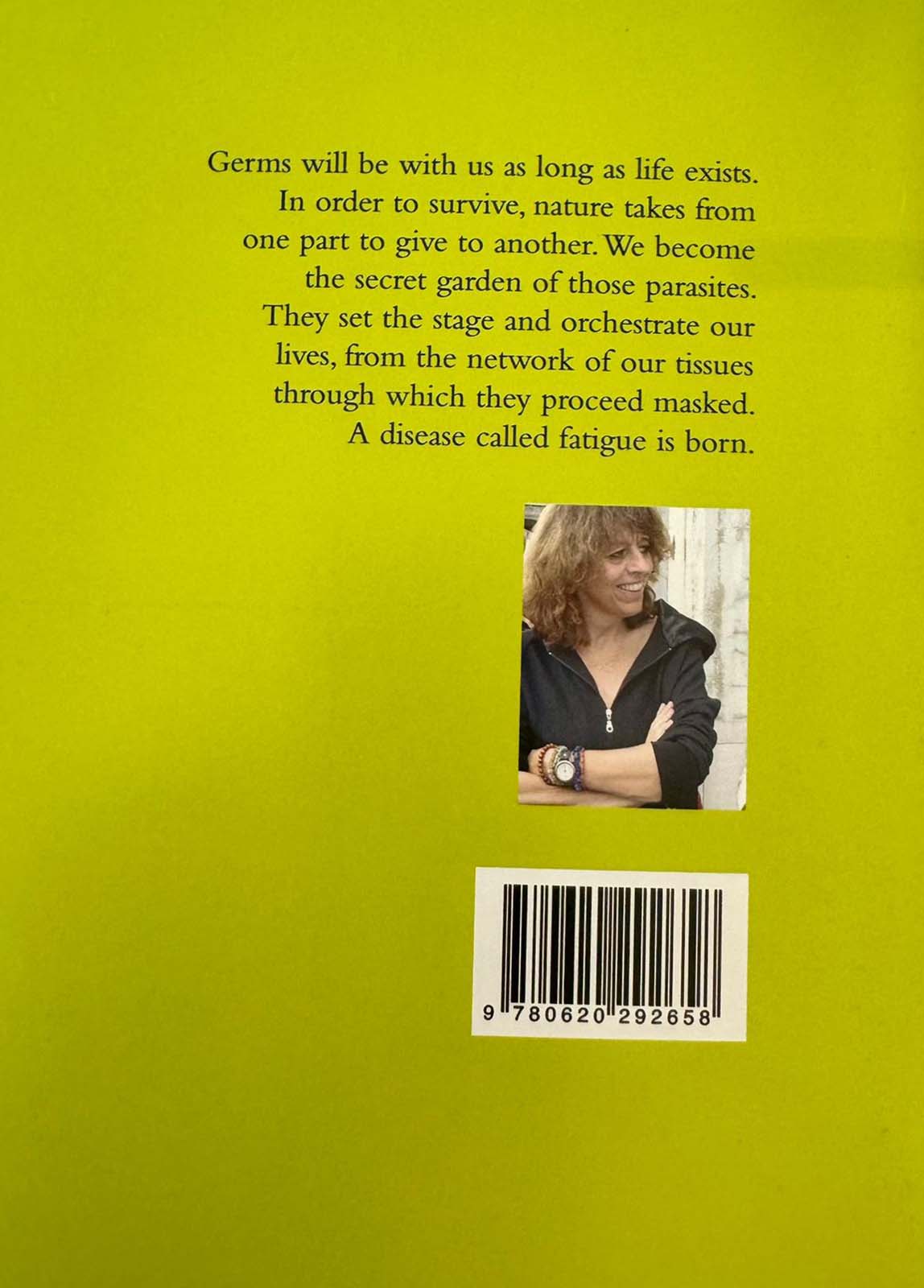

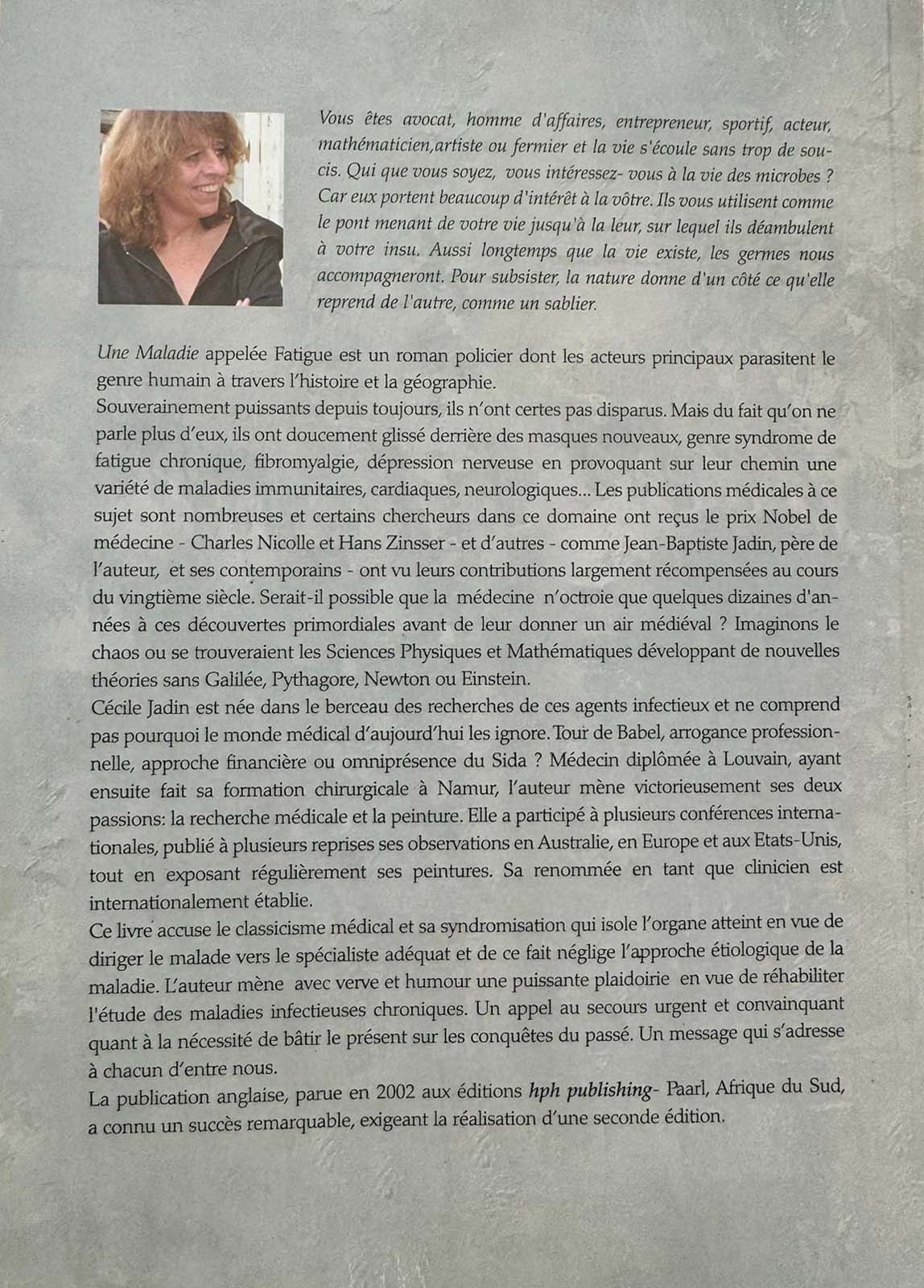
THE CRAZY JOURNEY OF A MEDICAL CHAMELEON
Following comment by Prof. Tim Roberts, Newcastle University, Australia:
This latest publication by Cecile Jadin brings to our attention the important learning's in clinical microbiology and pathology described in vivid detail in medical journals now obscure to the modern medical curricula and overlooked by the modern search engines. This is the life-work of an experienced and brilliant clinician written through the eyes of an artist with a classical education, and draws on Jadin’s earliest life experiences living in the African jungle collecting ticks for her father Jean-Baptiste Jadin’s ground breaking work on insect transmitted parasitic disease. Jadin the senior, along with his colleagues Charles Nicolle, Paul Giraud, Philippe Bottero, Hans Zinsser, published a litany of works that stressed the multiple clinical outcomes from intracellular microbial infections with the organisms we now know as rickettsia, chlamydia and mycoplasma, ehrlichia, anaplasma, and wollbachia.
In this fascinating book Cecile Jadin takes us through the lives of 24 patients as their diverse symptoms and diagnoses eventually lead to their passing. Through their heart-wrenching clinical journeys Jadin drives hard her thesis of underlying infection as the unifying factor that should be searched for and treated. She uses the analogy of a chameleon to draw to our attention the underlying infection masking at each turning point in the pathology of the individual a modern diagnosis based on signs and symptoms, but ignoring the possibility of underlying chronic infection. The allegory, the illusions, the painted word pictures that draw on a schooling in the classics are at times hard to follow but the journey is one that should be made by all of us who need to be reminded of the many different pathologies that can arise from an intracellular parasite. Modern medicine is currently being taught this same lesson as the corona virus pandemic reveals the many different pathologies the virus can induce in the young, the compromised and the elderly. Our specialists rarely leave their specialization. Their strongly held clinical treatments that treat symptoms and repair damage with little concern for underlying causation are the underlying target of Jadin’s angst.
From specialists to specialists, from neurologists to rheumatologists, from cardiologists to dermatologists, ophthalmologists, ENT, urologists, gastroenterologists, antibiotics and steroids, IBS and alcohol intolerance, lumbar punctures, skin biopsies, liver and gastric biopsies, anti inflammatories, antidepressants, sleeping tablets and nightmares, Ole lands up in California, in the medical suite of Larry Parker, neurologist. After repeating brain imaging and blood tests that he deemed necessary, Doctor Parker expresses the same opinion as his Danish counterparts with similar enthusiasm. - Lucky you! No tumour found. He says. Did you try some antidepressants? pp336
For those of us who find that time to read from cover to cover is limited and rare, I recommend starting the book at the Epilogue, because it is here that the true message of this brilliant clinician is encapsulated in just a few pages. Then to the Prologue which delightfully and concisely sets the direction before one plunges into the colourful and evocative clinical histories of some of Jadin’s patients. For those clinicians and patients who read this impressive work from cover to cover, it is Prologue and Epilogue that should then be read a second time to truly appreciate the greatness of clinical wisdom that lies in the wildly active brain of Dr Cecile Jadin.
